No one heads out into the hills expecting a disaster. We go for the views, the fitness, and the peace of mind.
But the reality of the outdoors is that the environment is indifferent to us. A sudden turn in the weather, a slip on wet rock, or a navigational error can quickly turn a good day into a dangerous one.
Being prepared for an emergency isn’t about being paranoid; it’s about being professional. It’s the mark of a hiker who respects the mountains.
Drawing on my years in the military and leading groups in the UK hills, this guide covers the essential protocols you need to know—from the vital text service you must register for before you leave home, to the exact script you need to use when dialling 999.

1. The Vital Pre-Hike Step: Register Your Phone
Before we even talk about being on the hill, there is one thing you should do right now, while you are reading this.
In remote areas, your phone might not have enough signal to make a voice call, but it often has enough to send a text message. However, you cannot text 999 unless you have registered beforehand.
How to Register for the emergencySMS service:
- Text the word ‘register’ to 999.
- You will receive an automatic reply.
- Read it, and reply with the word ‘yes’.
- You will receive a confirmation text.
Do this now. It is free, takes 30 seconds, and it could save your life.
2. Assessing the Situation: Stop and Think
If an accident happens, the adrenaline will spike. The most dangerous thing you can do is panic and rush into a bad decision.
I use the STOP rule:
- Sit down: Take a breath. Calm yourself and the group.
- Think: What has happened? Who is injured? What resources do we have?
- Observe: What is the weather doing? What is the terrain like? What time is it?
- Plan: Make a decision based on facts, not fear.
Self-Rescue vs. Calling for Help Mountain Rescue is a volunteer service. Before calling, ask yourself:
- Can the injured person walk with support?
- Do we have the map skills to correct our navigational error?
- Is the situation life-threatening or likely to become so (e.g., hypothermia, nightfall, immobility)?
If you cannot safely get yourself off the hill, it is time to call.
3. How to Call for Help (The UK Protocol)
This is the part many people get wrong. In the UK, Mountain Rescue is dispatched by the Police. If you ask for an ambulance, you may be routed to a call handler who is used to urban emergencies and cannot dispatch a helicopter or a mountain team.
The Step-by-Step Process:
- Dial 999 or 112. (112 works exactly the same way and is the international standard).
- When the operator answers, ask for the POLICE.
- When the Police answer, tell them you have a hiking emergency and you need MOUNTAIN RESCUE.
What Information Will They Need? Have this ready before you dial to save battery and time:
- Location: This is critical. (See below).
- Nature of Incident: What happened? (e.g., “Broken lower leg,” “Chest pains”).
- Number of People: How many in the party? How many injured?
- Conditions: Current weather and visibility at your location.
- Phone Number: Give them your number and the number of anyone else in the group in case your battery dies.

4. Pinpointing Your Location
“I’m on Ben Nevis” is not precise enough. You need to guide the helicopter or foot team to your exact spot.
- Grid Reference (The Gold Standard): A six-figure or eight-figure OS Grid Reference is the most reliable language of UK rescue teams. You should know how to find this using How to Read an Ordnance Survey Map: A Beginner’s Guide
- OS Locate App: I highly recommend having this free app on your phone. It works without a mobile signal and gives you an instant, highly accurate Grid Reference.
- What3Words: This enables you to give your location using three unique words. It is widely used by emergency services now, but do not rely on it exclusively. It requires a phone battery and GPS accuracy. Always cross-reference with your map if possible.
5. No Signal? What to Do
If you dial 999 and it fails, try the following:
- Text 999: If you registered (see step 1), send a text. Include: Police, Mountain Rescue needed. Location. Injury details. Text messages require much less signal than a voice call and will keep trying to send until they find a momentary connection.
- Move (Safely): Signal is “line of sight.” You don’t always need to go higher; sometimes moving 50 metres around a corner or to the edge of a ridge is enough to connect to a mast in the valley below.
- Split the Group: If you have a large, competent group, leave two people with the casualty and send two others to find a signal or help. Never leave a casualty alone unless you have absolutely no other choice.
6. The International Distress Signal
If you have no phone and no way to send for help, you need to attract attention using your whistle or torch (flashlight).
The Signal:
- 6 blasts on a whistle (or 6 flashes of a torch) in quick succession.
- Wait 1 minute.
- Repeat.
The Reply: If a rescuer hears you, they will reply with 3 blasts, followed by a 1-minute pause. Keep signalling until they reach you.

7. Waiting for Rescue
Once help is on the way, the danger isn’t over. You are now fighting the cold. A stationary body cools down incredibly fast, even in summer.
- Insulate: Get the casualty off the cold ground. Sit them on a rucksack or a rope.
- Layer Up: Put on every single layer you have. Use your waterproof jacket and trousers as a windproof shell.
- Emergency Shelter: This is why we carry a “bothy bag” or a foil survival blanket in our first aid kit. Wrap up warm, share body heat if necessary, and eat any high-energy food you have.
Conclusion: Confidence, Not Fear
Reading this might feel daunting, but knowing what to do removes the fear of the unknown. By carrying the right kit, registering your phone, and knowing the drill, you are taking responsibility for your own safety.
That confidence allows you to relax and enjoy the wild beauty of the UK, knowing you can handle whatever the trail throws at you.
Stay safe, and I hope you never have to use this advice.
For more tips on staying safe in the hills, explore our full Hiking Skills & Safety Guides



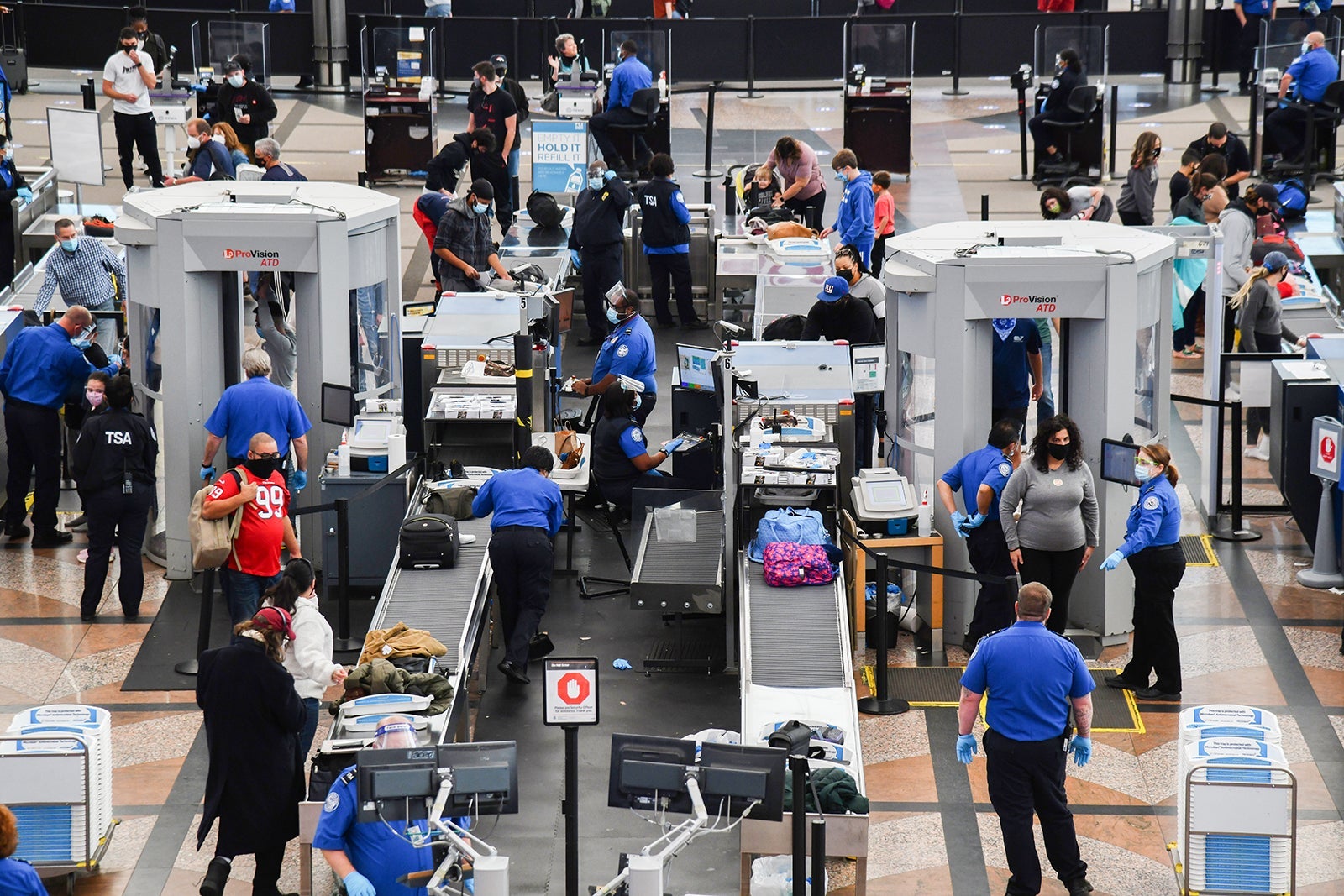



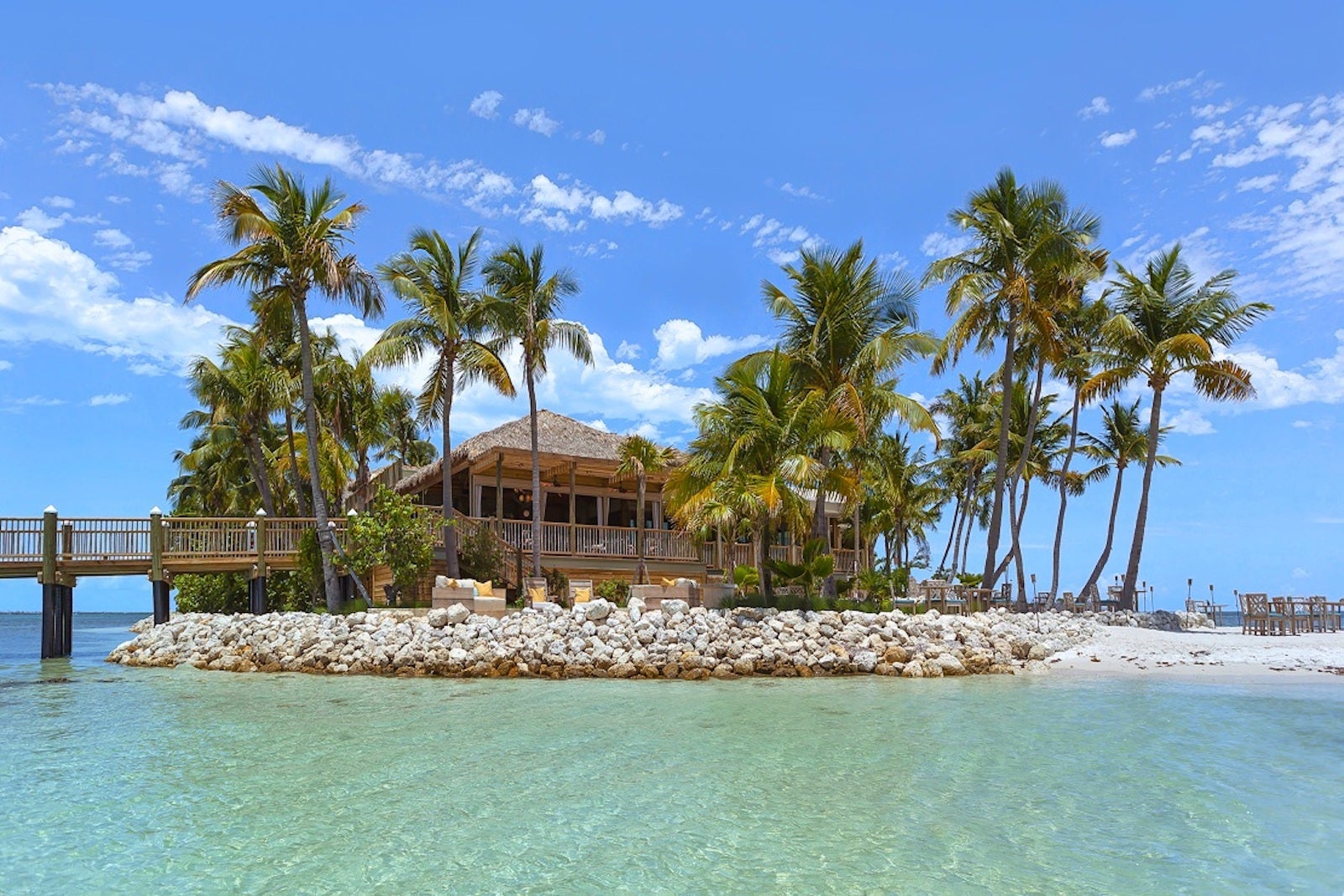
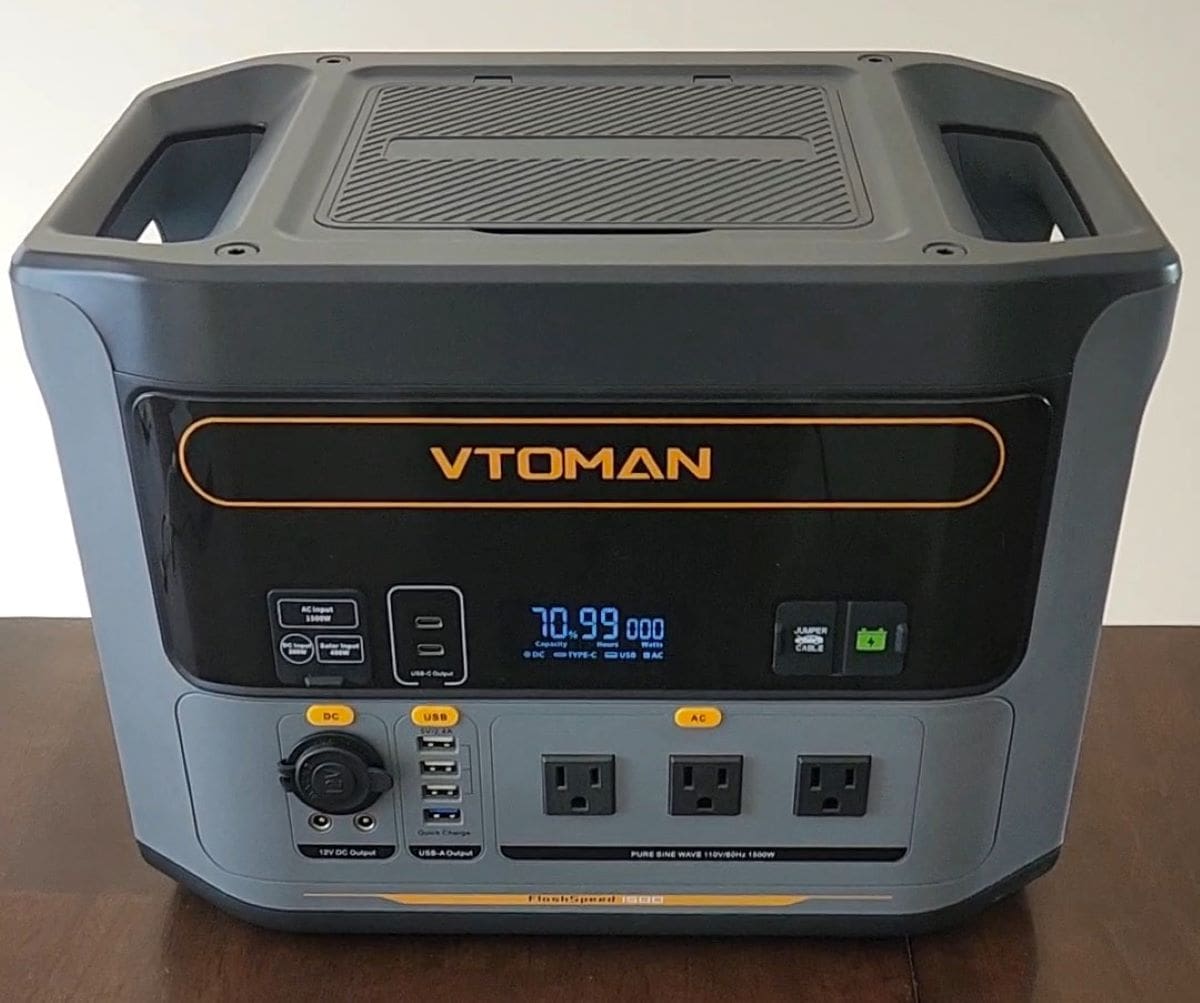




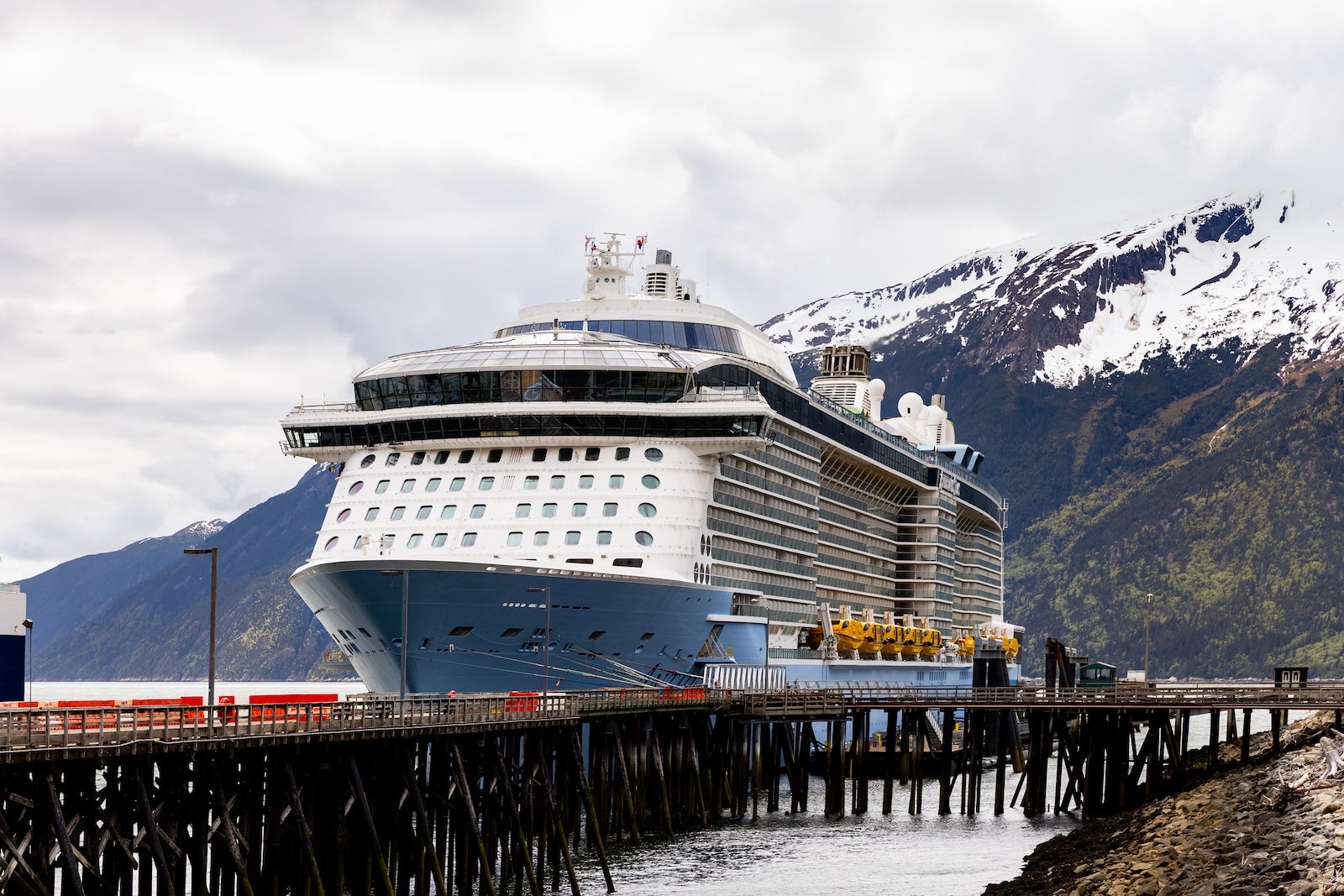



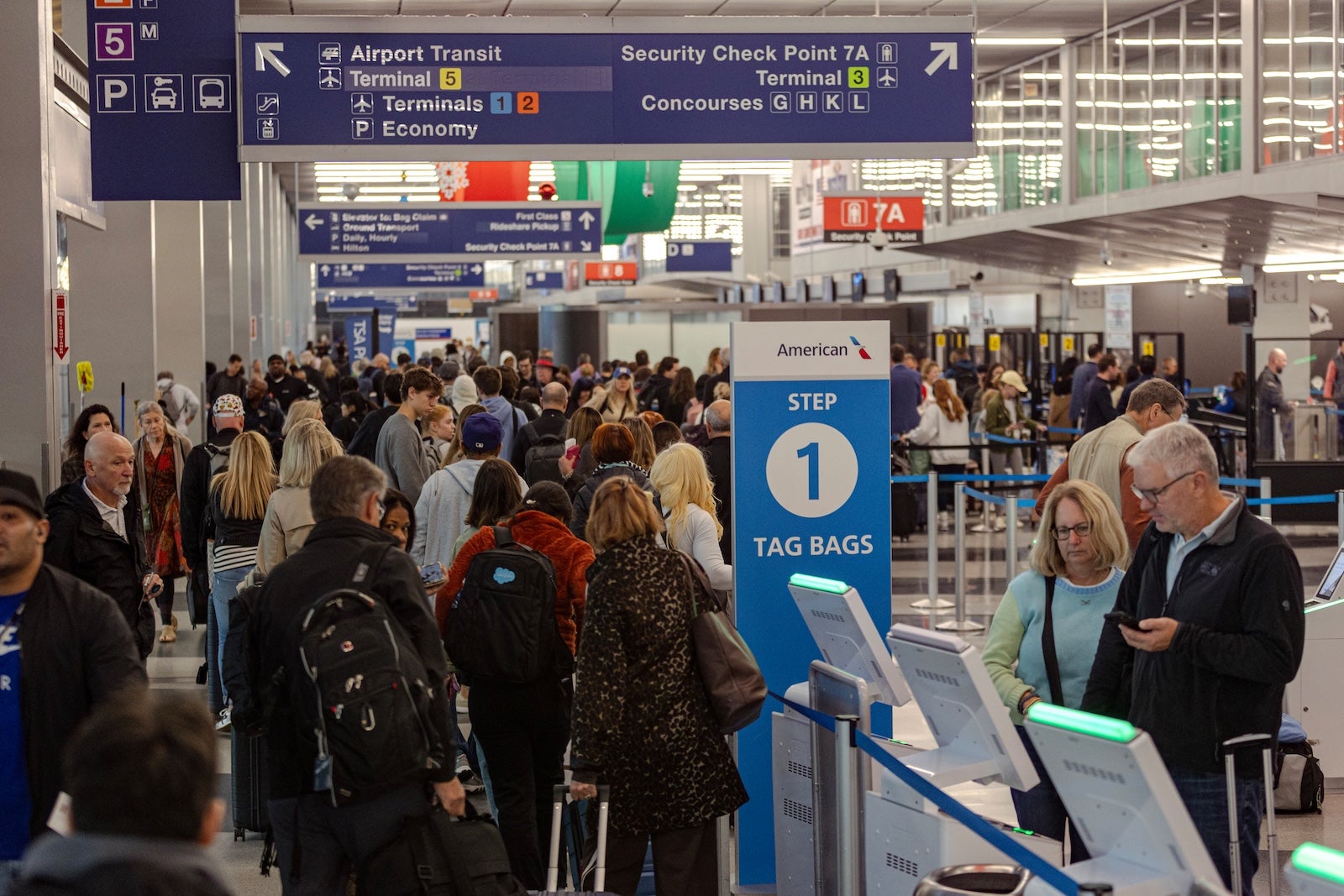

 English (US) ·
English (US) ·